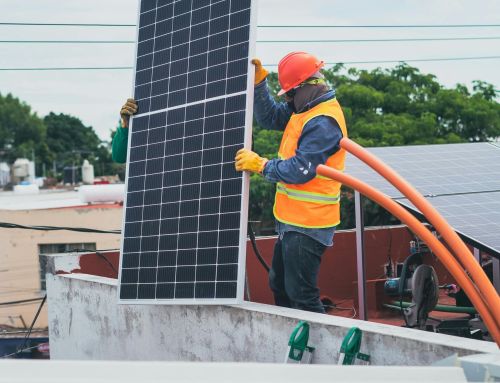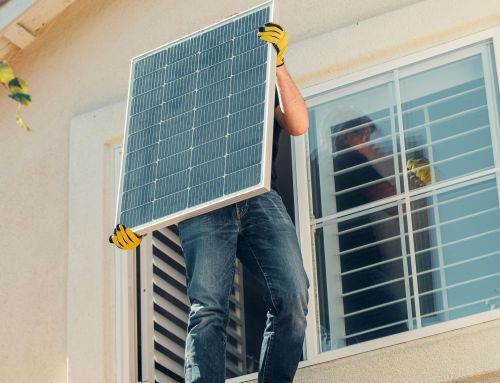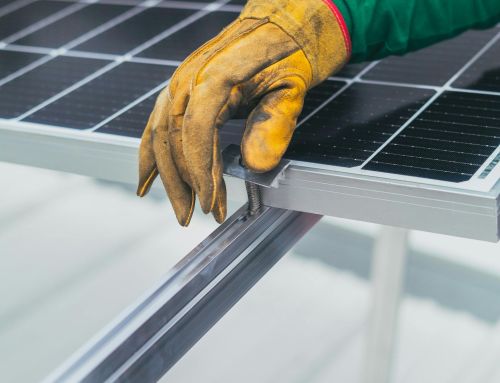Imagine this: you’ve poured your heart and soul into designing your dream space, whether it’s a charming flat in the heart of Auckland or a bustling new office. The walls are up, the floors are gleaming, but something feels…missing. That’s right, the electrical installation.
Believe it or not, electrical work is the intricate network that brings your space to life, ensuring it’s not just aesthetically pleasing, but also functional and, most importantly, safe.
So, if you’re on a new build or renovation project, understanding the general requirements of electrical installation is crucial. Buckle up, because we’re about to dive into the world of powering your dream building!
Beyond the On/Off Switch: Why Electrical Standards Are Ace
Electrical installations aren’t a game of connect-the-dots with wires. They’re governed by a strict code of conduct – a set of rules and regulations designed to prevent shocks, fires, and other electrical mishaps.
Safety First: Because Nobody Wants a Shocking Experience
Let’s get one thing straight: safety trumps everything when it comes to electrical installations. We’re talking about protecting you, your loved ones, and your belongings from the dangers of electricity. Here are some fundamental safety requirements:
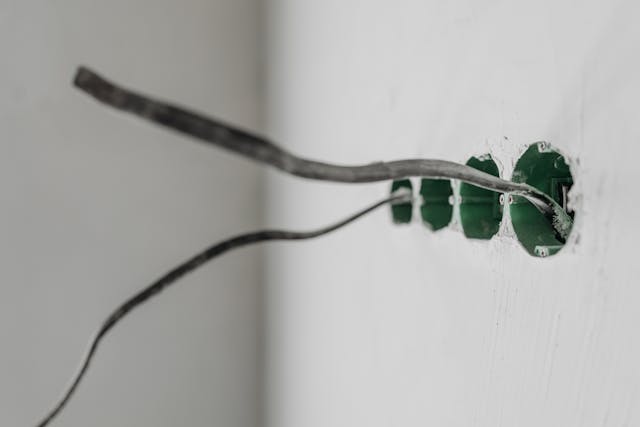
Earthing and Bonding
This ingenious system is like a safety net for your electrical circuits. It provides a low-resistance path for fault currents to flow to the earth, preventing dangerous voltage levels from building up on metal parts that you might touch. In simple terms, it helps prevent nasty shocks.
Circuit Protection
Circuit breakers and fuses are the guardians of your electrical circuits. They act like electrical tripwires, automatically interrupting the flow of electricity if they detect an overload or a short circuit. This prevents overheating, fires, and damage to your appliances.
Isolation and Switching
Imagine being able to safely turn off the water supply to a leaky pipe without turning off the water to the entire house. That’s what isolation and switching mechanisms do for your electrical system. They allow you to safely disconnect parts of or the entire installation for maintenance, repairs, or in case of emergencies.
Compliance with Wiring Regulations: Sticking to the Script
In New Zealand, electrical installations are governed by the AS/NZS 3000 Wiring Rules. This comprehensive document is the electrician’s bible, outlining the standards for everything from the types of cables and wires you can use to the placement of switches, sockets, and other electrical components. It’s all about ensuring installations are safe, consistent, and up to par.
Choosing the Right Materials: Quality Over Dodgy Deals
When it comes to electrical components, quality matters. Using substandard materials or cutting corners is like building a house of cards – it’s bound to collapse eventually. Here’s a quick rundown of key material considerations:

Cables
Using the correct type and size of cables is crucial for safety and performance. Undersized cables can overheat and become a fire hazard, while using the wrong type of cable for a particular application can lead to premature failure or even dangerous situations.
Switchgear and Accessories
Switches, sockets, and other accessories should meet the required safety standards and be fit for purpose. For example, outdoor sockets need weatherproof covers to protect them from the elements, while sockets in bathrooms need to be protected by RCDs (residual current devices) for added safety.
Consumer Unit (Fuse Box)
The consumer unit, often referred to as the fuse box, is the heart of your electrical system. It houses the circuit breakers and RCDs that protect your circuits. Modern consumer units often incorporate additional safety features, such as surge protection devices (SPDs) to protect against voltage spikes and arc fault detection devices (AFDDs) to detect and prevent dangerous arcing faults.
Competent Person for the Job: Leave it to the Professionals
Electrical installations are not a DIY project for the faint of heart. They require the expertise of a qualified and registered electrician who understands the ins and outs of the requirements of electrical installation. Attempting electrical work yourself is like performing surgery on yourself – it’s incredibly risky and could have serious consequences. Always leave it to the professionals.
Inspection and Testing: The Final Seal of Approval
Once an electrical installation is complete, it needs to undergo a thorough inspection and testing process to ensure it meets all the required safety standards. This involves a visual inspection to check for any obvious defects or deviations from the regulations, as well as various tests to check for things like continuity of conductors, insulation resistance, and earth fault loop impedance. Think of it as a final exam for your electrical system. If it passes, you’ll receive an Electrical Installation Certificate (EIC) – a testament to the safety and compliance of your installation.
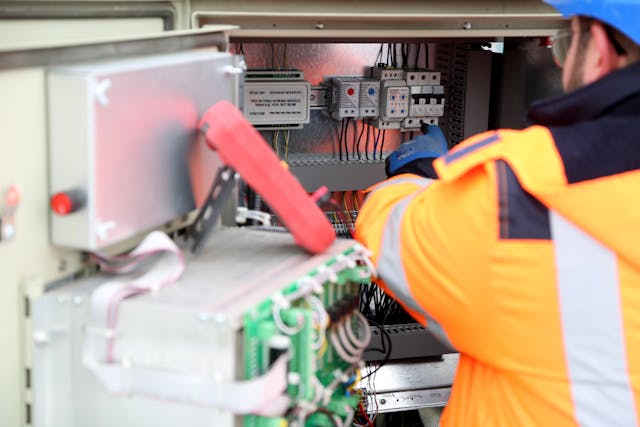
Tailoring to Specific Needs: One Size Doesn’t Fit All
The requirements of electrical installation can vary depending on the type of property and its intended use. A sprawling industrial warehouse will have vastly different electrical needs compared to a cosy two-bedroom cottage. Here are a couple of examples:
House Wiring Installation
Residential electrical installations need to cater to the specific needs of a home, such as providing ample lighting and power outlets for appliances, ensuring safety in areas like kitchens and bathrooms, and incorporating energy-efficient solutions to keep those power bills in check.
Commercial Electrical Installation
Commercial installations often involve more complex systems, higher power demands, and specific requirements for things like emergency lighting, fire alarm systems, data cabling, and three-phase power supply.
Energy Efficiency: Saving the Planet One Watt at a Time
In today’s world, where climate change is a pressing concern, incorporating energy-efficient solutions into your electrical installation is not just a good idea – it’s essential. Here are a few ways to green your electrical system:
LED Lighting
LED lights are like the rockstars of the lighting world. They’re incredibly energy-efficient, lasting up to 25 times longer than traditional incandescent bulbs and using a fraction of the energy. While they might cost a bit more upfront, they’ll save you a bundle on your energy bills over their lifespan.
Energy-Efficient Appliances
When it’s time to replace your appliances, look for those with high energy star ratings. The more stars, the more energy-efficient the appliance. It’s a simple way to reduce your carbon footprint and save money on your energy bills.
Smart Home Technology
Smart home technology is revolutionising the way we interact with our homes, and it can also play a significant role in improving energy efficiency. Smart thermostats, for example, can learn your heating and cooling preferences and adjust the temperature accordingly, reducing energy wastage. Similarly, smart lighting systems can automatically turn lights on and off based on occupancy or time of day, ensuring you’re not needlessly illuminating empty rooms.
For Aucklanders, a great example of a well-designed and executed electrical system is the lighting on the Harbour Bridge. It’s not just aesthetically pleasing; it’s a testament to the importance of getting the requirements of electrical installation right.
If you’re looking for a reliable and trustworthy electrical contractor in Auckland, Prolectrix.co.nz offers a comprehensive range of electrical services, from new installations to maintenance and repairs.
Remember, understanding the requirements of electrical installation isn’t just about ticking boxes on a checklist – it’s about investing in safety, efficiency, and peace of mind. So, don’t cut corners when it comes to your electrics. Choose qualified professionals, use high-quality materials, and ensure your installation is up to code and fit for purpose. After all, a safe and efficient electrical system is something to be proud of.
Conclusion
So there you have it – a glimpse into the intricate world of electrical installations. It’s not just about wires and sockets; it’s about weaving together safety, compliance, and functionality to create a system that powers our lives reliably and securely. Whether you’re embarking on a new build or sprucing up an existing property, remember that understanding the requirements of electrical installation is paramount. Don’t skimp on quality, don’t cut corners, and above all, entrust your electrical work to qualified professionals who can make your home or business shine brightly while keeping you safe and sound.


